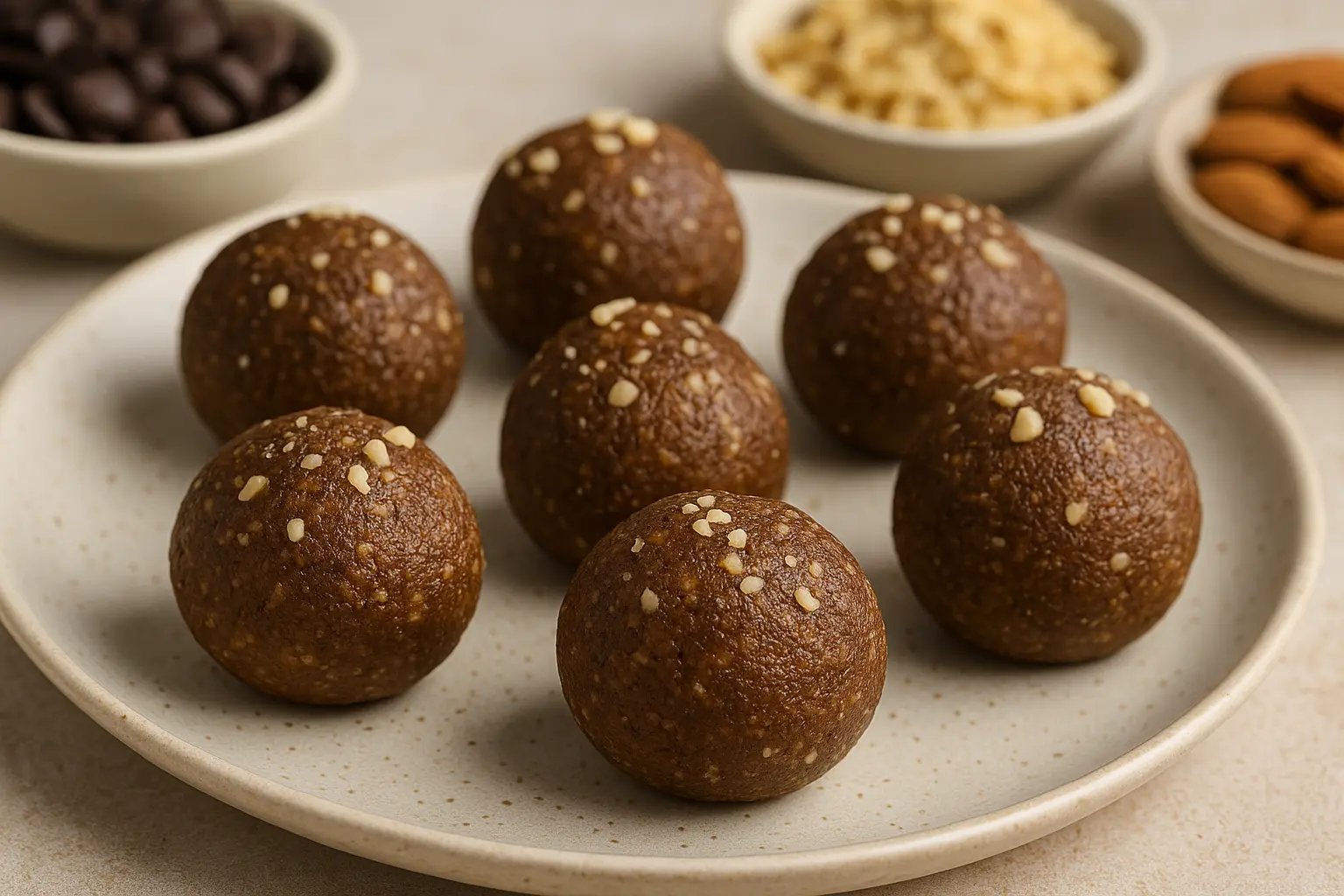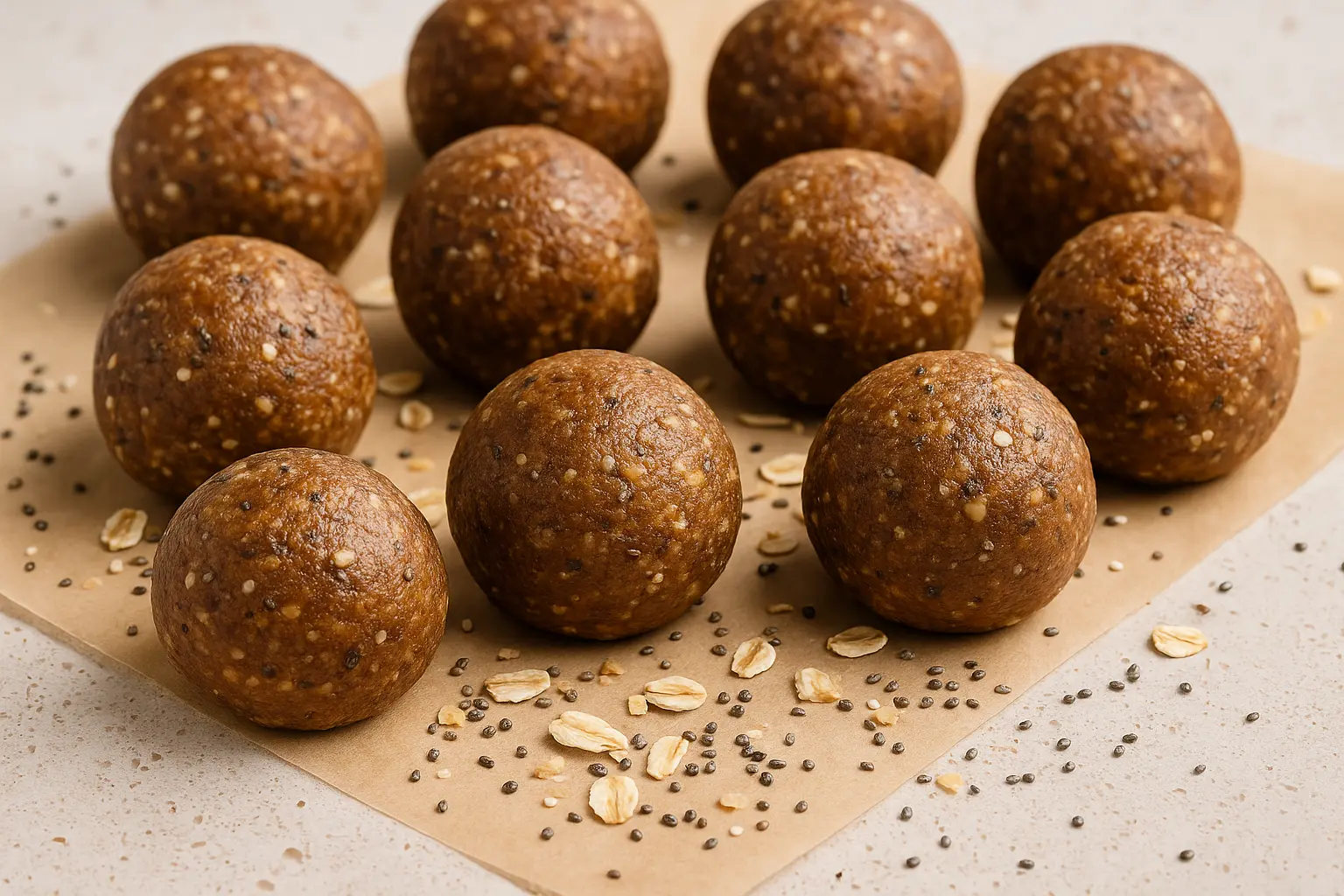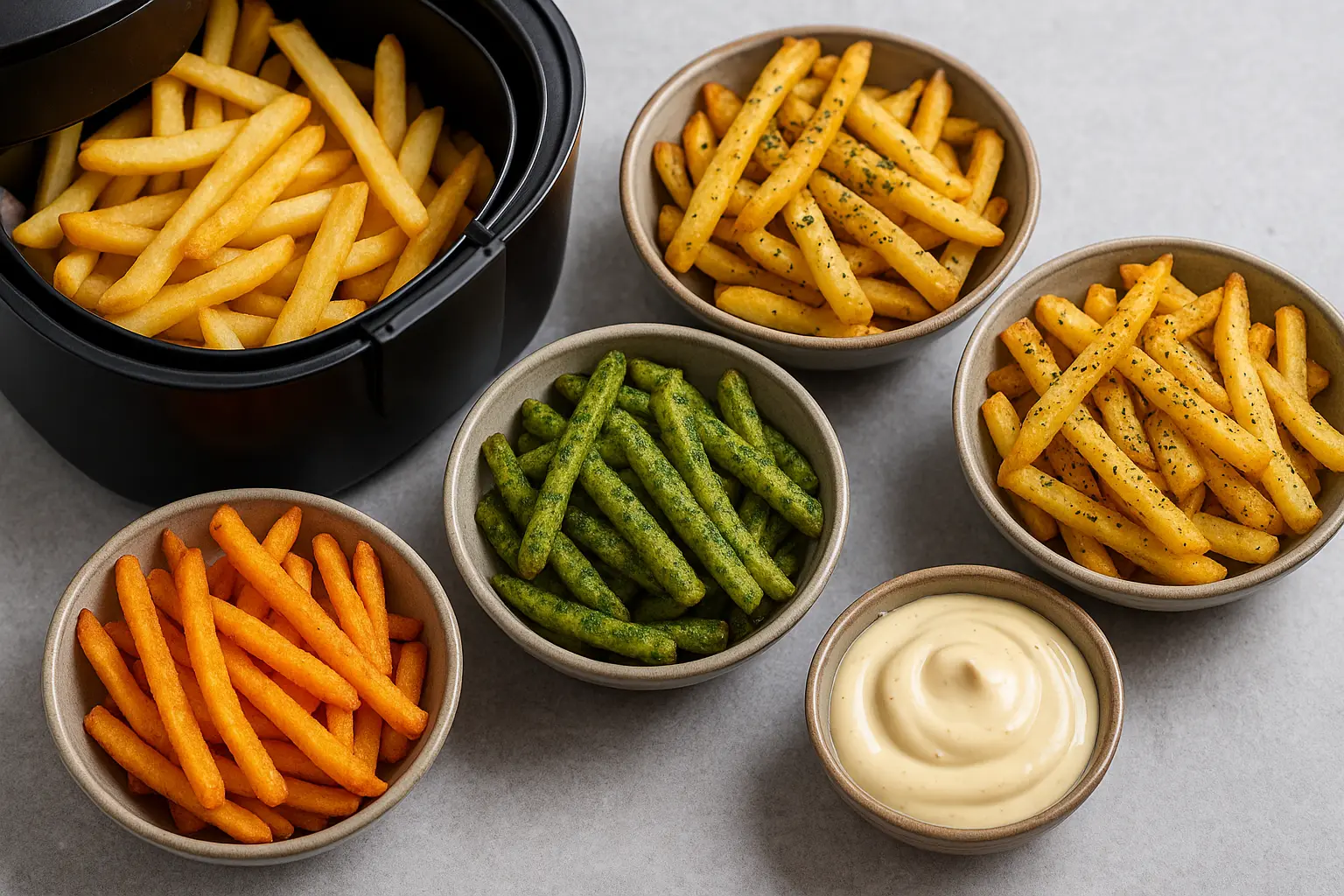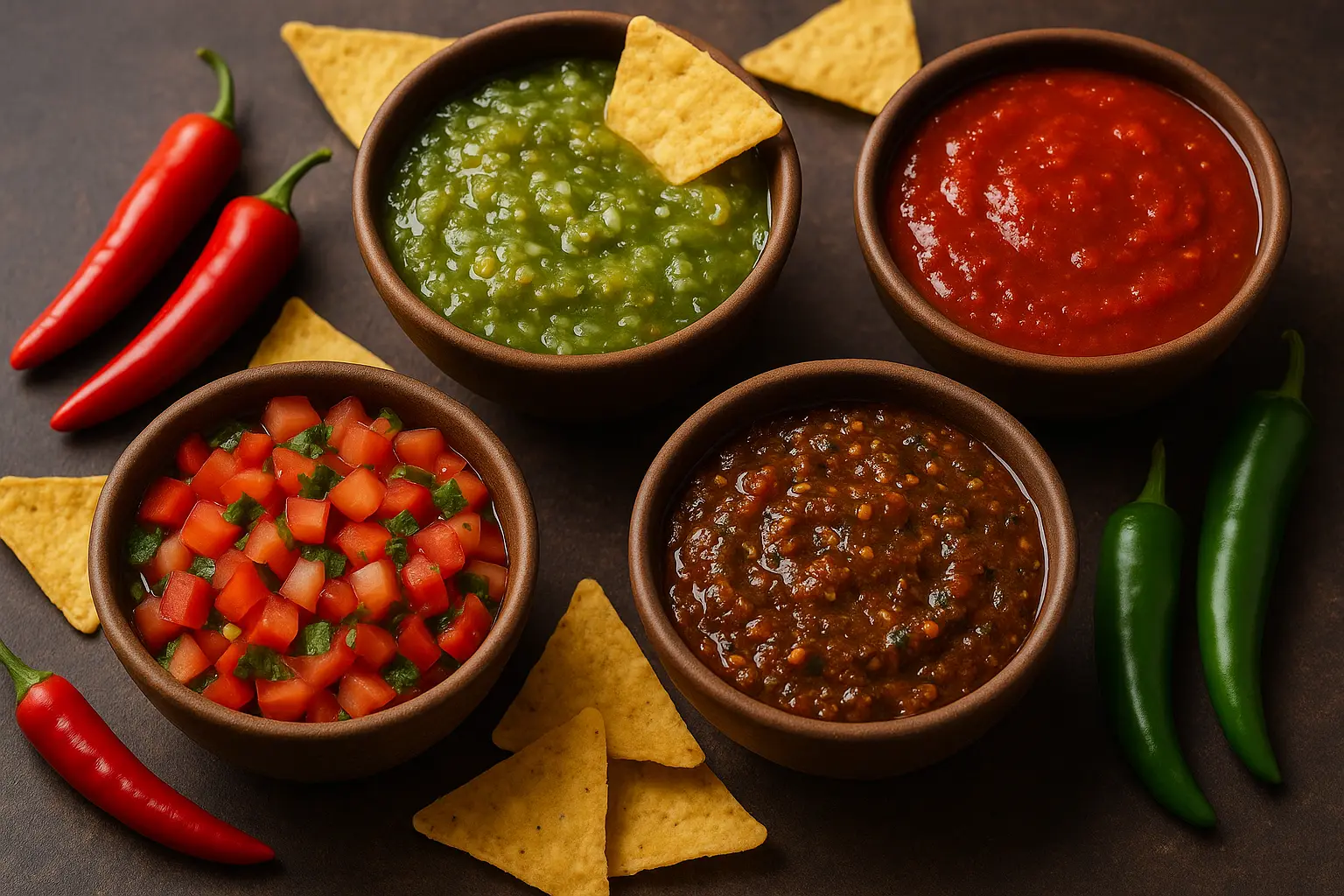Protein balls, also known as energy bites, bliss balls, or energy balls, have taken the wellness and recipe world by storm. They’re small, portable, and versatile snacks that can fuel workouts, serve as mid-day energy boosters, or satisfy sweet cravings in a healthier way.
But here’s the catch: most protein ball recipes rely heavily on protein powders. While powders can be convenient, not everyone wants to use them. Some dislike the taste, others find them expensive, and many prefer to get their nutrition from whole, natural ingredients.
That’s where protein balls without any protein powder come in. By using ingredients like nuts, seeds, oats, and dried fruit, you can create nutrient-dense snacks that deliver protein, fiber, and healthy fats—all without any processed powders. In this blog, we’ll explore everything you need to kno
Why Choose Protein Balls as a Snack?
Protein balls aren’t just trendy—they’re actually practical and nutritionally sound. Here’s why:
Portable & Convenient
These bite-sized snacks are easy to carry in lunchboxes, gym bags, or office snack drawers.Balanced Nutrition
A good protein ball recipe combines carbs (from oats or dried fruits), protein (nuts, seeds, nut butters), and healthy fats (coconut, flax, chia).Energy Boosting
The blend of macronutrients provides a steady release of energy, unlike sugary snacks that spike and crash blood sugar levels.Customizable
You can tailor flavors (chocolate, coconut, matcha, peanut butter) and nutrition levels depending on dietary needs—vegan, gluten-free, paleo, etc.No Cooking Needed
Most recipes are no-bake, making them beginner-friendly and perfect for quick prep.Kid & Family Friendly
Kids love their small size and sweet taste. Parents love that they’re healthier than packaged snacks.
Natural Protein Sources to Use Instead of Powders
If you’re skipping protein powders, you’ll need to build your protein content naturally. Here are some of the best ingredients:
Nuts & Nut Butters: Almonds, peanuts, cashews, walnuts, pistachios, and nut butters provide healthy fats and 6–8g protein per serving.
Seeds: Chia, flax, pumpkin seeds, sunflower seeds, sesame seeds, hemp hearts. Hemp seeds, for example, have 10g protein per 3 tablespoons.
Oats: Rolled oats are not only a base but also provide plant-based protein and soluble fiber.
Legume-Based Additions: Chickpeas, lentil flour, or roasted chickpea powder can sneak in extra protein.
Coconut: While not a major protein source, coconut adds texture, fiber, and healthy fats.
Dried Fruits: Dates, raisins, apricots, or figs act as natural binders and sweeteners while contributing some micronutrients.
Cacao or Dark Chocolate: Adds flavor and some antioxidants while making the balls taste like dessert.
By mixing and matching these ingredients, you can create protein balls with 5–8g of protein per serving, completely naturally.
The Basic Formula for Protein Balls Without Powder
Think of protein balls as a flexible template. Here’s a standard base you can customize:
Base Recipe (Makes ~12 balls):
1 cup rolled oats
½ cup nut butter (peanut, almond, or cashew)
½ cup dates or raisins (soaked if dry)
2–3 tbsp chia seeds or flaxseeds
2–3 tbsp hemp seeds or pumpkin seeds
1–2 tbsp honey or maple syrup (optional, for sweetness)
1 tsp vanilla extract
Pinch of salt
Instructions:
Add oats, seeds, and dried fruit into a food processor. Pulse until finely chopped.
Add nut butter, vanilla, and optional sweetener. Blend until the mixture is sticky.
Roll into small balls (about 1 tbsp each).
Refrigerate for 30 minutes before serving.
That’s it! You’ve got your base protein balls. From here, you can tweak flavors endlessly.
Flavor Variations: 15+ Ideas to Try
Classic Peanut Butter Chocolate Chip
Add mini dark chocolate chips.
Almond Joy Inspired
Almond butter, shredded coconut, cacao nibs.
Mocha Energy Balls
Add 1 tsp instant coffee + cacao powder.
Matcha Green Tea Balls
Add 1 tsp matcha powder + white chocolate chips (optional).
Cinnamon Raisin Oatmeal
Add cinnamon + raisins + sunflower seeds.
Pumpkin Spice
Add pumpkin puree + pumpkin pie spice + pumpkin seeds.
Coconut Date Bliss Balls
Roll finished balls in shredded coconut.
Berry Chia Bites
Add dried cranberries + chia seeds.
Tahini Sesame Energy Balls
Use tahini + sesame seeds for a Middle Eastern twist.
Cashew Vanilla Latte
Cashew butter + vanilla extract + coffee powder.
Chocolate Brownie Bites
Add cacao powder + chopped walnuts.
Apple Pie Balls
Dried apples + cinnamon + oats.
Gingerbread Bites
Ginger, cinnamon, molasses.
Peanut Butter Banana
Mashed banana + oats + peanut butter.
Savory Herb Protein Balls
Chickpea flour + herbs + nutritional yeast for a savory snack option.
Storage & Meal Prep Tips
Fridge: Store in an airtight container for up to 1 week.
Freezer: Freeze for up to 2–3 months. Thaw at room temperature before eating.
Lunchbox Friendly: Wrap in parchment or store in silicone snack bags for school/work.
Batch Prep: Double or triple the recipe—protein balls freeze beautifully.
Kid-Friendly & Allergen-Friendly Ideas
Nut-Free Option: Use sunflower seed butter or tahini instead of peanut/almond butter.
Gluten-Free: Use certified gluten-free oats.
Lower Sugar: Skip the honey/maple syrup and rely solely on dates for sweetness.
For Toddlers: Make smaller-sized balls, using softer dried fruits like apricots or soaked dates.
Health Benefits Breakdown
Protein balls offer more than just energy:
Protein: Builds and repairs muscles.
Fiber: Improves digestion and keeps you full.
Healthy Fats: Supports brain and heart health.
Micronutrients: Iron, magnesium, zinc, vitamin E from nuts/seeds.
Antioxidants: From cacao, dried fruit, seeds.
They’re essentially nutrient-packed “multivitamins” in snack form.
Frequently Asked Questions
1. How much protein is in each ball?
On average, 1 protein ball contains 5–8g of protein, depending on the nuts/seeds used.
2. Can I make them without a food processor?
Yes. Chop dried fruits finely and mix with nut butter and oats by hand.
3. Are they good for weight loss?
Yes—when eaten in moderation. They’re nutrient-dense but calorie-rich, so stick to 1–2 balls per snack.
4. How long do they last?
About 1 week in the fridge or 2–3 months in the freezer.
5. Can I use fresh fruit instead of dried?
Not recommended—they add too much moisture and spoil faster.
Creative Ways to Serve Protein Balls
As a post-workout snack with a smoothie.
Packed into a hiking or travel snack box.
Crumbled over yogurt or smoothie bowls.
Coated in melted dark chocolate for a dessert treat.
Added into lunchboxes for kids.
Conclusion
Protein balls without powder prove that you don’t need processed supplements to enjoy high-protein, energizing snacks. By combining whole, natural foods—oats, nuts, seeds, and dried fruit—you can create endlessly customizable recipes that fit into any lifestyle: vegan, gluten-free, or family-friendly.
They’re easy to make, budget-friendly, and versatile enough to replace unhealthy packaged snacks. Whether you prefer chocolatey indulgence, fruity brightness, or nutty richness, you’ll always have an option to suit your taste.
So, next time you’re craving a quick bite, skip the powder and whip up your own natural protein balls—you might never look back.
Leave a comment
Your email address will not be published. Required fields are marked *




















